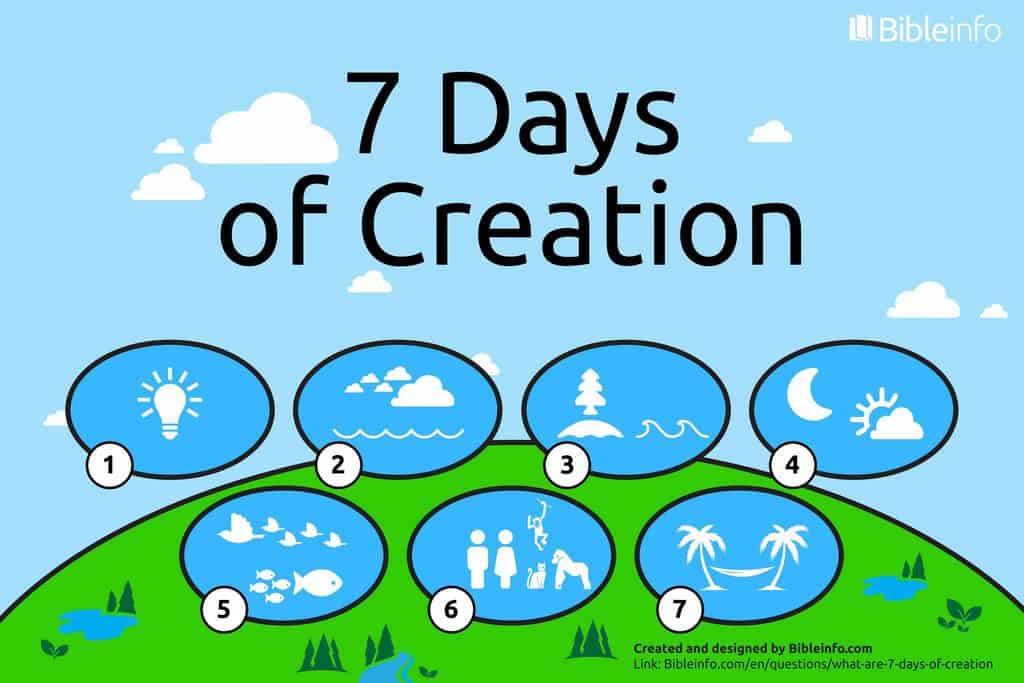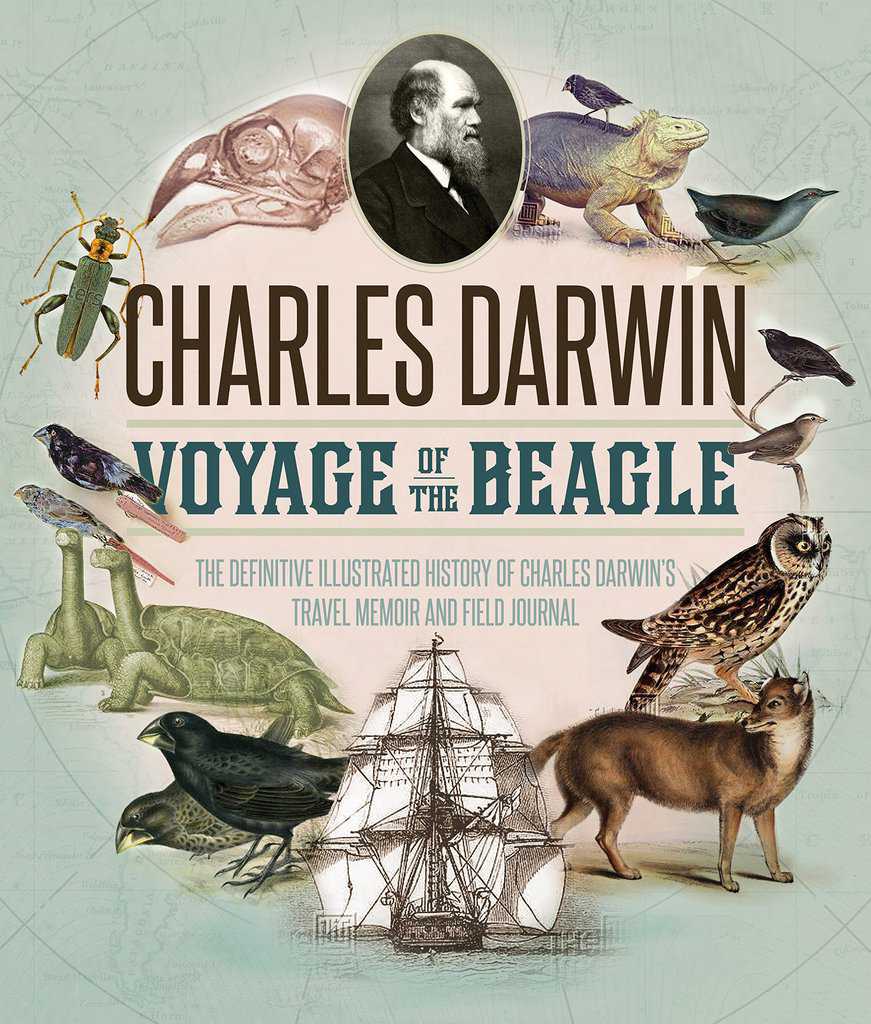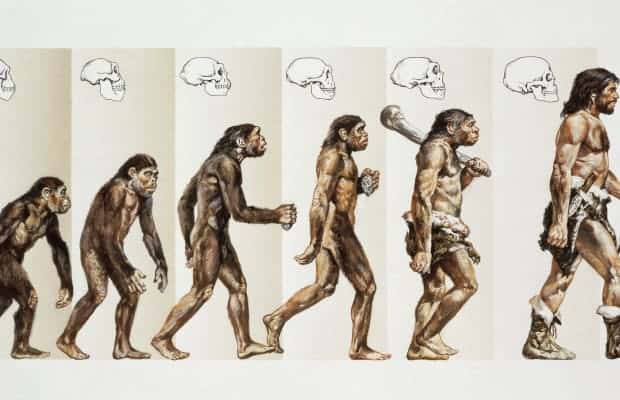To answer the question very simply, evolution is the process by which living things on our planet Earth have changed and developed from the algae-like forms of which there is evidence in ancient rocks, into the many varied plants and animals which we can see around us today. But if we were to leave it as this simple explanation, there would be much that would remain unsaid.

Life first seemed to have shown itself on Earth over 3500 million years ago, and if we are to believe what the modern theories of evolution tell us, it has taken all that time for the modern creatures to evolve. It is written in the Christian Bible that God created the Earth and all its inhabitants in six days and nights and on the seventh day he rested.

Many books have been written, by men of religion, by men of science, and by men of both religion and science discussing the merits of the ideas of evolution and of religion. In this question, we shall be concerned with the evidence that can be drawn from such sources as the fossil records and Charles Darwin’s historic voyage in HMS Beagle.

In the 1600s Archbishop Ussher calculated that the Earth was formed in the year 4004 BC and this view help fast until the late 1700s when the science of geology was taken more and more seriously. At this time a scientist called Hutton stated his Principle of Uniformitarianism.
He said that all the processes of the Earth took place very slowly; this developed into the idea that the present is the key to our past. In other words, if you look at a process’s results on Earth today, such as the kind of muds and silts that are deposited in a modern estuary and you then find similar sediments in an ancient rock, these sediments must have been formed by an estuary.
- What Is Aromatherapy Vs. What Are Essential Oils?
- What is La Tomatina in Bunol, Spain Like? What to Expect at the Famous Tomato Throwing Festival
From these ideas it was realized that the Earth must be very old indeed. Then William Smith at the turn of the 1700s to the 1800s showed how it could be proved that layers of rock were laid down one on top of the other over long periods.

From this point the value of fossils was recognized because it could be seen how the older fossils were very simple, becoming more and more complex in the younger rocks.
Charles Darwin and evolution go hand in hand. Darwin travelled to the Galapagos Islands and noticed that birds which were all clearly finches had adapted by evolution to live in a variety of ways. Elsewhere, other species of birds had filled all the available ecological niches. He said that this had evolved to fill these gaps.



















